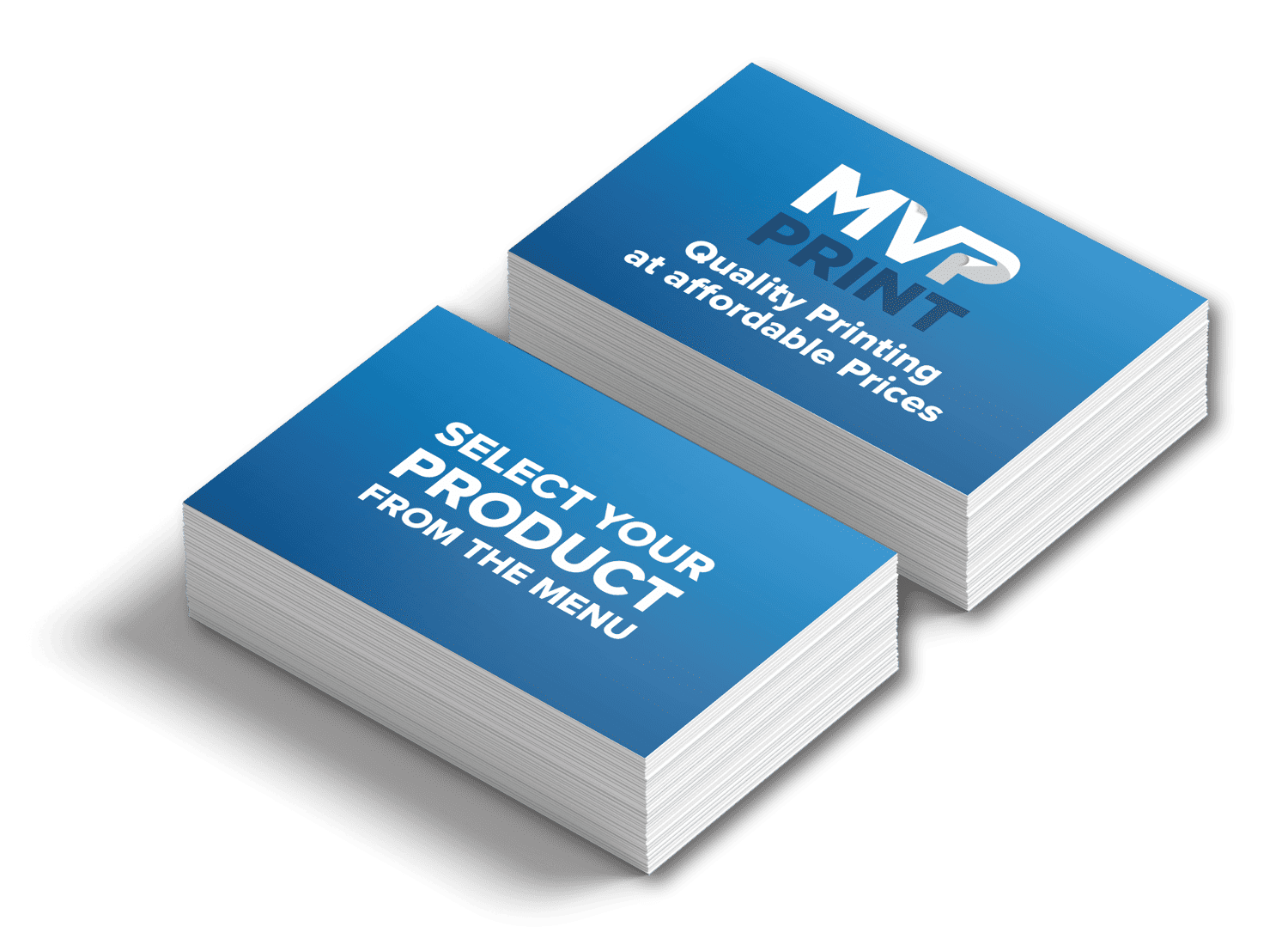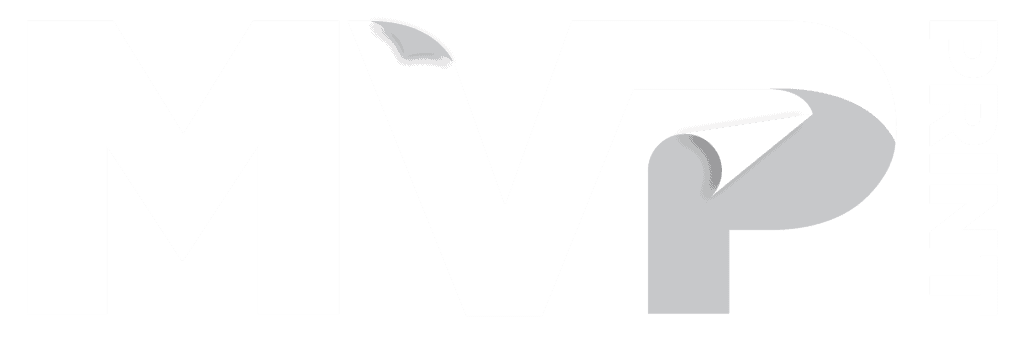With the re-emergence of print in today’s market, clients often come to us and ask what sort of product they should purchase to get the most `bang for their buck’. What sort of return will they get on a mail-out and/or distribution of their product? Who do I use to distribute and how much does it cost? All valid questions, and all can have differing answers depending on the scope of your marketing campaign and how much your Return on Investment will be. The owner of Blue Croc Group came to use with a mass marketing campaign, looking for a large amount of folded brochures printed in a short time period and ready for high priority distribution. We were, of course, happy to oblige!
Type of Printing
There are 2 main types of print for a piece of marketing apparel – Digital and Offset. Digital is short run printing... typically we would use this method of print for any print run under 1000 SRA3 sheets (Full Colour, or CMYK one side), or 500 sheets printed both sides . Why do we do this ? Predominately it is due to cost. Digital printing has come a long way in the past 15-20 years… in the old days it was sub-par, however these days many people cannot tell the difference between Digital and Offset printing. In fact, some prefer Digital, as the fuser oil in the high end machines give a glossy finish that end-users fins aesthetically pleasing. To print digital, the set up is easier, however the `clicks’ that occur every time a press sheet passes through the press accumulate over time. With Offset, the setup is more significant. The press needs to be made ready for the specific print run, plates made, and in some cases a complete wash up if non CMYK press runs have been done before. We don’t gang print (eg set up your job with other clients jobs), and we use pre-press interface to ensure accurate colour reproduction. All this is done to ensure the printing represents your designed Artwork. In the case of Blue Croc, due to the number involved it was an Offset print run.
How Does a Large Offset Folded Brochure Print Run Work?
In short, it works in stages.
- DESIGN/PRE-PRESS
- FOLD
- DRY / PACK
Design / Pre-press
Generally there are 2 ways Artwork can be finalised. The client wither supplied the Artwork Print Ready, or we need to design for the client and/or make existing Artwork print ready. Most clients are not qualified Graphic Designers, and whilst some people are able to provide Artwork Print Ready, some can struggle if doing Art for print with no previous experience. Artwork needs to be in a High Resolution PDF, designed (if no PMS Colours) in CMYK format (Cyan, Magenta, Yellow and Black) and have at least 3mm bleed if the print goes to the edge. There are a heap of options to sub contract to print design freelancers out there? Otherwise our team can assist in pointing you in the right direct.
Once the Art is supplied, we check it, and if print ready (eg no issue with Overprint, PMS Colours, Low resolution or bleed) we will set it up and send you a secure, online proof for your approval. In the case of Blue Croc, we have dealt with them before and are aware that they are well versed in Art supplementation. Proof set up and approved to go within the hour. We are now ready to set it up in pre-press and go to print.
Printing Brochures
First step, we make the plates. With these brochures, there are a lot of heavy colours – heavy colours means a lot if Ink! And it’s a long print run… that means that the Offset operator needs to be vigilant in maintaining consistency in colour reproduction as the print run extends over time. Lax operators can become distracted, as the same job is on for a long duration and if not concentrating, can lose focus. Our quality control procedures ensure this does not happen. With a job with a lot of Blacks and Blues, we generally will let one side sit for a while before printing the reverse (or `backing it up’). This is done to ensure that the job does not `set off’ (smudge, run etc) during the print process. Even though adequate quantities of spray powder are used, we take every precaution to ensure the best quality result
Folding the Brochures
We use a Stahl Production folder for all our folding jobs…typically, this folds 5000 Brochures per hour. With the job for Blue Croc, this is an A4 4PP on-folded to DL. So the original SRA3 sheet (450x320mm) needs to b trimmed down to A3 (420x297mm), folded to A4, then folded again to DL. The MOST important thing here is to ensure that the product is dry prior to trimming. If not, it will (again) set off. With the job for Blue Croc, we gave the job the entire weekend to dry. Climatic conditions can affect this as well, but we gave it both the Saturday and the Sunday to sit to make sure it was 100% Ready to go Monday morning. Then we fold.
Packing / Finalising the Folded Brochure Job
Often clients will ask us if we can bundle brochures (eg 100’s, 250’s etc). This can be done and costs no extra. Set amounts can be simply gathered and banded as per the customers requirements. This particularly comes in handy when dealing with distribution centres such as Salmat, PMP etc who have unique requirements when print marketing is delivered to them for distribution. In this case, boxes needed to weigh no more than 8KG for the distributor in question, which was adhered to palleted and dropped to Blue Croc HQ. Job Done!
